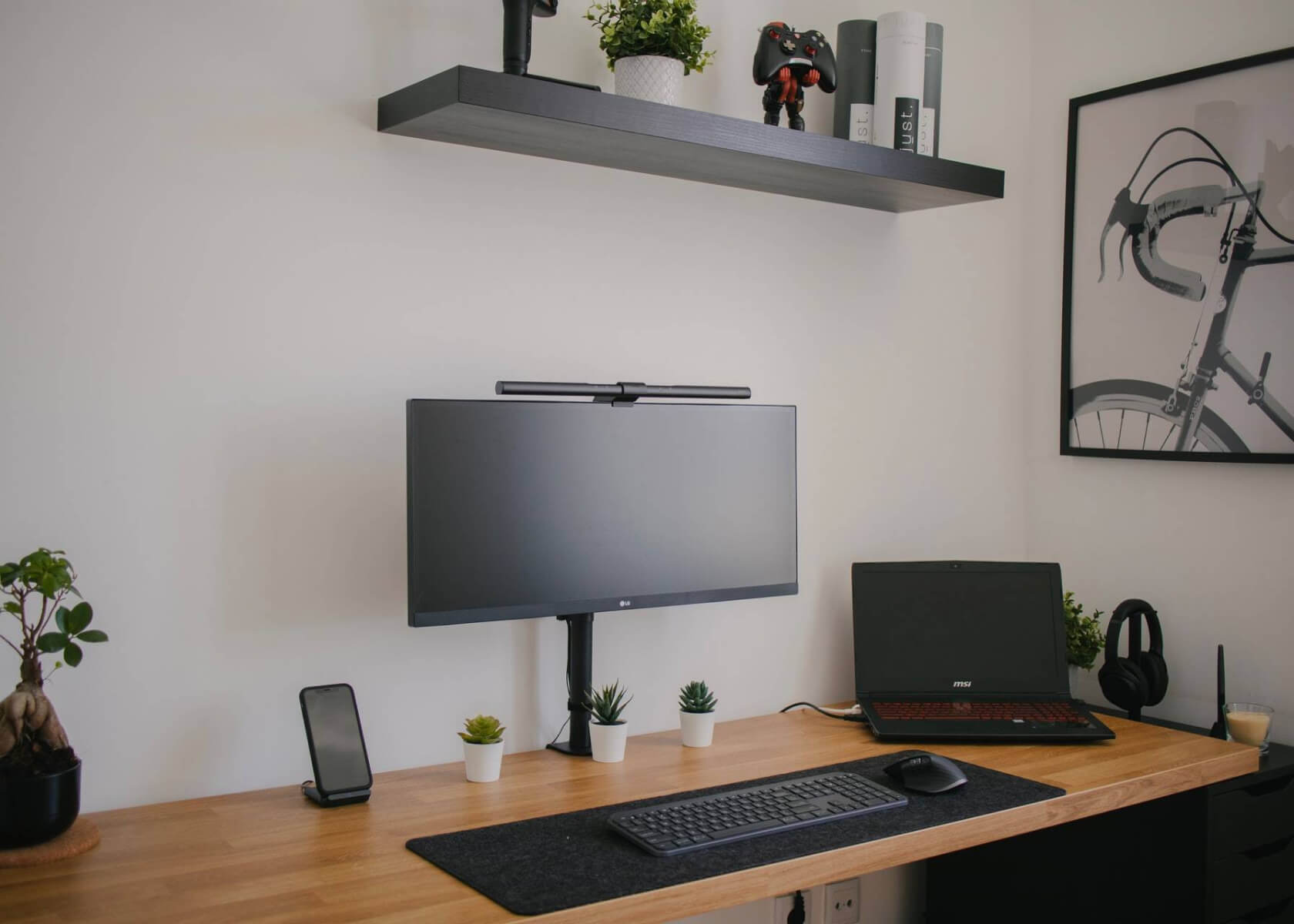Design and Organize a Digital Recipe Book and Meal Planner with Notion

New to Notion?
How to Design and Organize a Digital Recipe Book and Meal Planner Using Notion
In today's technologically advanced world, traditional recipe books and paper meal planners are being replaced by digital alternatives. Notion—a versatile productivity tool—offers an excellent platform for designing and organizing both a digital Recipe Book and Meal Planner. With its customizable templates, robust database features, and seamless collaboration options, Notion can revolutionize the way you plan and manage your meals. In this article, we will guide you through the process of designing and organizing your digital Recipe Book and Meal Planner using Notion's latest features and best practices.
Step 1: Setting Up Notion
First, ensure that you have a Notion account. If you don't already have one, sign up at Notion.so. Once logged in, create a new workspace or designate an existing one specifically for your Recipe Book and Meal Planner. Remember to explore the new collaborative features if you plan to share your meal plans with family or friends.
Step 2: Designing Your Recipe Book
Notion provides several customizable templates, but you might find it more rewarding to create your own design that perfectly suits your style and needs.
2.1 Create a Table of Contents
Start by creating a table of contents to give an overview of your Recipe Book and provide easy navigation through its sections. Here’s how to set it up:
- Create a new page by clicking on the “+” button in the sidebar.
- Name this page Table of Contents and choose the Table – Full Page option (now powered by Notion’s advanced database features).
- Add columns such as Recipe Name, Category, Ingredients, and Cooking Time.
- Each row represents a recipe. Add new rows for all your recipes, and reorganize the order by clicking and dragging rows.
2.2 Create Recipe Pages
For detailed instructions and information, create individual pages for each recipe:
- Click on the “+” button to create a new page.
- Name the page with the recipe’s title.
- Add a cover image to make the page visually appealing. You can either upload an image or use Notion’s built-in gallery.
- Populate the page with a variety of blocks—text, headers, images, and even embedded videos—to share recipe instructions, tips, cooking time, and other details.
- Enhance the page by incorporating tags, ratings, or custom properties using Notion’s database features.
Step 3: Organizing Your Meal Planner
Notion’s flexible database and calendar views make it easy to organize your meal plans, keeping you on track with your cooking schedule.
3.1 Create a Calendar
Begin by setting up a calendar view dedicated to meal planning:
- Create a new page and name it Meal Planner.
- Select the Calendar option from the available view types.
- Customize the calendar by adding properties like Meal Type (Breakfast, Lunch, Dinner, Snacks) to help categorize each entry.
- Create entries on specific dates for each meal plan.
3.2 Plan Your Meals
Integrate your recipes with the meal calendar to streamline your planning process:
- Navigate to the specific date on your calendar.
- Create a new entry by clicking on the “+” button.
- Link the relevant recipe page from your Recipe Book by pasting the link or using Notion’s relation property.
- Include any additional notes or modifications for the day’s meal.
3.3 Track Your Ingredients
An effective meal planner often includes a system for tracking ingredients. Use Notion to create a dynamic shopping list:
- Create a new page titled Shopping List.
- Use a table view with columns such as Ingredient, Quantity, and Priority.
- As you plan your meals, add the required ingredients with the appropriate quantities.
- Utilize Notion’s property options to set the priority (e.g., low, medium, high), ensuring you pick up everything you need.
Step 4: Adding Additional Features
Notion offers endless possibilities to enhance your digital Recipe Book and Meal Planner. Consider incorporating these extra features:
- Tags and Filters: Use tags to categorize recipes by dietary preferences (for example, vegetarian or gluten-free) or by key ingredients. Apply filters to quickly locate recipes that match your criteria.
- Meal History: Create a dedicated section to document your favorite meals or dishes you’ve tried, helping you remember what worked well.
- Collaboration and Sharing: Take advantage of Notion’s real-time collaboration features by sharing your Recipe Book and Meal Planner with family or friends, allowing everyone to contribute and modify plans as needed.
- Templates and Automation: Explore Notion’s built-in templates and third-party integrations to automate repetitive tasks, such as recurring meal entries or ingredient restocking reminders.
Conclusion
Designing and organizing a digital Recipe Book and Meal Planner with Notion can significantly enhance your cooking and meal preparation experience. With Notion’s flexibility and customization options, you can build a tailored system that meets your exact needs—from quickly navigating your recipes to streamlining your grocery shopping and planning meals ahead. Follow the steps outlined in this article to harness the power of Notion and enjoy a more organized, efficient, and creative approach to meal planning. Start designing your digital Recipe Book and Meal Planner today and experience the seamless benefits of organized meal preparation.


